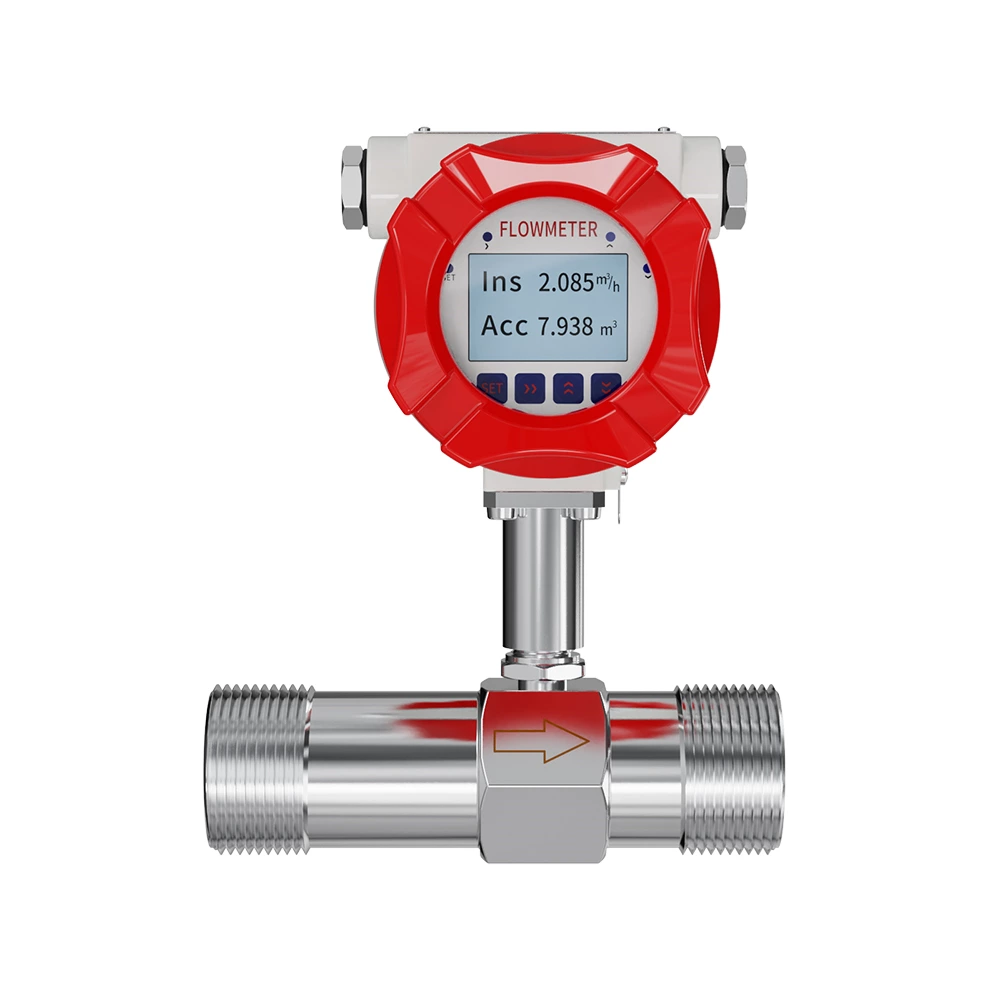Fluid Type:
Conductive liquid:
Electromagnetic flow meters (high accuracy, low pressure loss, suitable for sewage, slurry, etc.) are preferre Non conductive liquids (such as oils and organic solvents): Vortex flow meters (suitable for high Reynolds number fluids), turbine flow meters (high precision, requiring clean fluids), and ultrasonic flow meters (non-contact, suitable for large pipe diameters) can be considered.

Gas:
commonly used vortex flowmeter (steam, air), thermal mass flowmeter (directly measuring mass flow without temperature and pressure compensation), ultrasonic flowmeter (large diameter gas).

Slurry/Particle containing Fluid:
Choose an electromagnetic flowmeter (without throttling components, anti clogging) or a volumetric flowmeter (such as an elliptical gear, suitable for high viscosity particle containing fluids).
Fluid physical properties:
Viscosity:
Low viscosity fluids (such as water and dilute solutions) can be selected from electromagnetic, vortex, and ultrasonic methods; High viscosity fluids (such as heavy oil and syrup) are suitable for volumetric and turbine engines (requiring low Reynolds number models).
Temperature/Pressure:
High temperature and high pressure scenarios require the selection of high-temperature resistant flow meters (such as vortex flow meters with stainless steel materials); Low temperature environments require anti icing design (such as ultrasonic external clamping).
Corrosivity:
For highly corrosive fluids, electromagnetic flow meters with corrosion-resistant lining and electrodes (such as PTFE lining, Hastelloy electrode) or glass rotor flow meters (transparent and easy to observe, suitable for low-pressure scenarios) should be selected.
